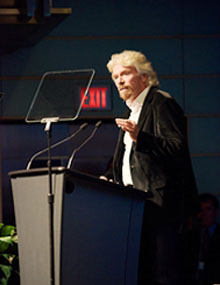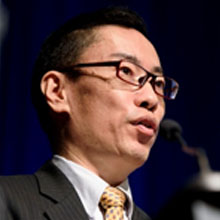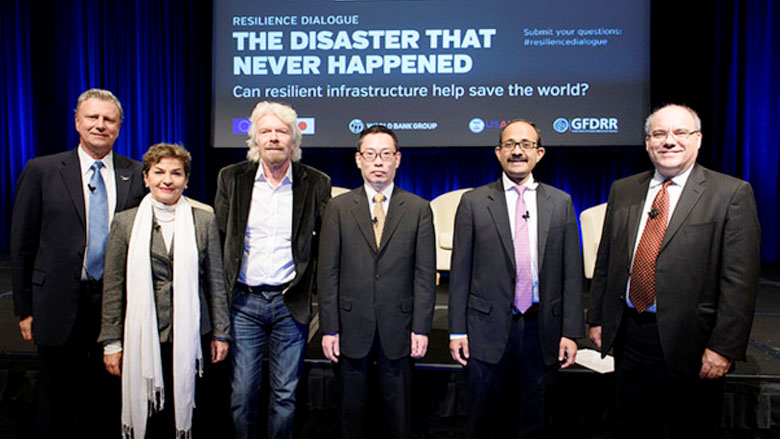A recent World Bank study notes that over the next 20 years, humans will build more infrastructure than has been built over the last 2,000 years. As the built environment provides the first line of defense against natural hazards, we are living through a rare opportunity to lock-in either resilience or risk in many fast-growing parts of the globe. At the World Bank, investment in urban resilience has averaged $2 billion annually over the last five years, creating a portfolio of more than 70 projects in over 35 countries. To help build more resilient cities and societies, quality infrastructure will be instrumental given the fact that the impacts of climate change are becoming increasingly visible, and rapid urbanization is concentrating risk in vulnerable regions of the world.
On annual International Day for Disaster Reduction, October 13, the Global Facility for Disaster Reduction and Recovery (GFDRR), the World Bank Tokyo Disaster Risk Management Hub, the Government of Japan, the European Union, and USAID hosted a special instance of the Resilience Dialogue series. This event, which was conducted in parallel with the 2017 World Bank and International Monetary Fund Annual Meetings, took an in-depth look at the role that quality infrastructure, including nature based solutions, will play in protecting communities from compounding climate and disaster risk. With climate change, rapid urbanization, and other drivers increasing vulnerability, especially for the poor, this discussion explored how the built environment and nature-based solutions can better protect lives and livelihoods around the globe.



